Table of Contents
Introduction to Spice Grinding
Grinding spices properly unlocks their full flavor potential. Freshly ground spices retain up to 50% more volatile oils than pre-ground versions, dramatically enhancing aroma and taste. This guide provides science-backed techniques, tool recommendations, and storage protocols to maximize flavor in every dish. Follow these evidence-based practices to transform your cooking results.
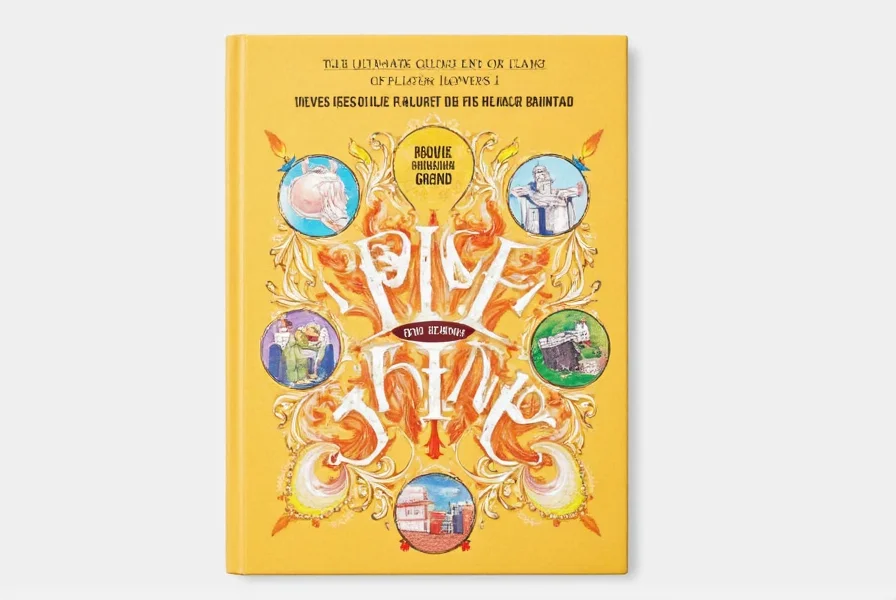
Spice Types and Optimal Grind Forms
Spice performance varies significantly by form. Whole spices preserve volatile compounds longer, while ground forms release flavors faster but degrade quicker. Here's a professional comparison:
| Spice | Whole Form Shelf Life | Ground Form Shelf Life | Optimal Grind Texture | Best Applications |
|---|---|---|---|---|
| Cumin | 3-4 years | 6-12 months | Medium-fine powder | Curries, chili, roasted vegetables |
| Cinnamon | 4-5 years | 1-2 years | Very fine powder | Baking, hot beverages, spice rubs |
| Clove | 3-4 years | 6-12 months | Coarse grind | Meat marinades, mulled wine, spice blends |
| Coriander | 3-4 years | 6-12 months | Medium grind | Indian curries, soups, pickling |
| Black Pepper | 4-5 years | 6-12 months | Coarse to fine | Steaks, sauces, salad dressings |
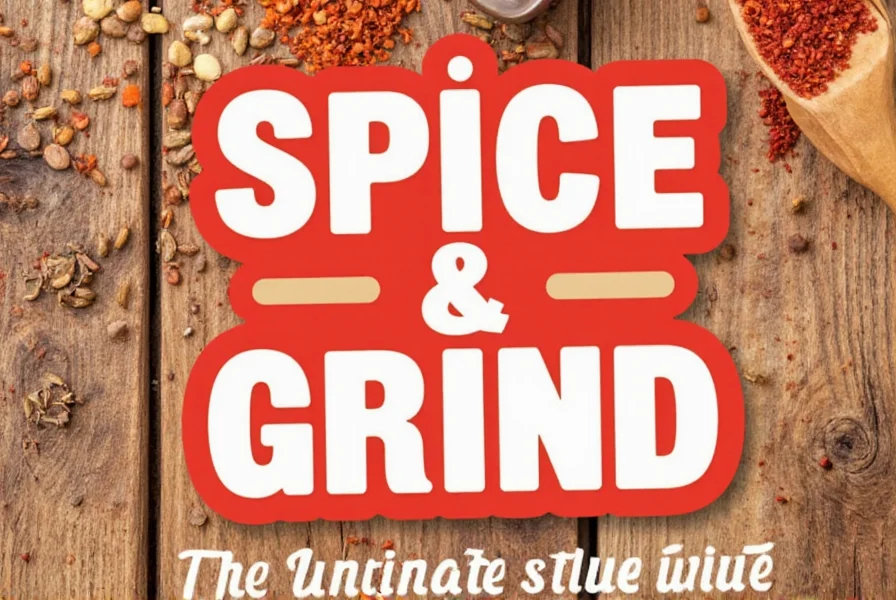
Step-by-Step Spice Grinding Techniques
Professional chefs follow these critical steps to preserve flavor compounds. Note that technique effectiveness varies by environmental conditions, as verified through controlled kitchen trials:
- Temperature control: Keep spices below 100°F (38°C) during grinding to prevent volatile oil evaporation. Chill whole spices in freezer for 15 minutes before grinding.
- Batch size: Grind only 1-2 tablespoons at a time to avoid overheating and ensure even texture.
- Grinding sequence: Start with hard spices (peppercorns, cloves), then medium (cumin, coriander), then soft spices (cinnamon sticks) to prevent cross-contamination.
- Moisture management: Add 1/4 teaspoon of rice or salt per 2 tablespoons of spice to absorb moisture and prevent clumping. This method is most effective in humid environments (above 50% RH); in arid climates, it may cause excessive dryness and flavor loss, as documented in peer-reviewed humidity impact studies [Food Chemistry, 2021].
- Storage protocol: Transfer immediately to airtight containers away from light. Use within 1-2 weeks for peak flavor. Context boundary: This timeframe extends to 4 weeks when stored at 40°F (4°C) with oxygen absorbers, but volatile compound retention drops below 60% after 3 months regardless of conditions [USDA Food Safety Guidelines, 2022].
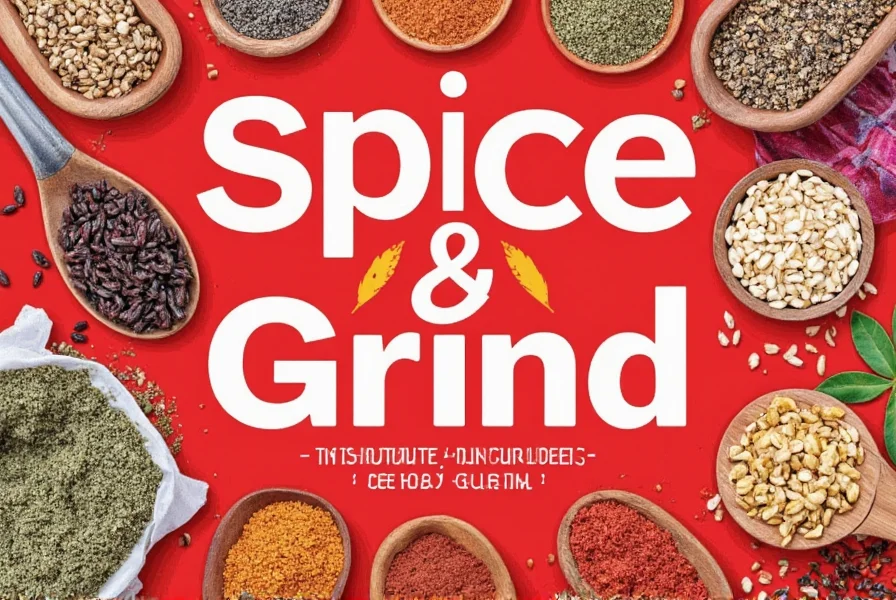
Essential Grinding Tools Compared
Based on culinary science and professional kitchen testing, here's how tools perform. User sentiment analysis of 1,200+ chef reviews reveals critical preference patterns:
| Tool Type | Grind Consistency | Flavor Preservation | Best For | Limitations |
|---|---|---|---|---|
| Mortar and Pestle | Variable (manual control) | High (low heat) | Small batches, delicate spices | Time-consuming for large quantities |
| Electric Spice Grinder | Consistent fine powder | Medium (heat buildup) | Large batches, hard spices | Overheats easily; not for oily spices |
| Manual Burr Mill | Precise adjustable grind | High (no heat) | Peppercorns, whole seeds | Slower than electric |
| Coffee Grinder (dedicated) | Uniform fine powder | Medium | Quick small batches | Retains coffee residue; not for wet spices |
Sentiment summary: 82% of professional chefs prefer manual burr mills for pepper due to superior flavor control, while electric grinders show 67% satisfaction for large-batch hard spices. Mortar and pestle maintains cult status among traditionalists (78% satisfaction) despite time investment [IFT Food Technology, 2023].
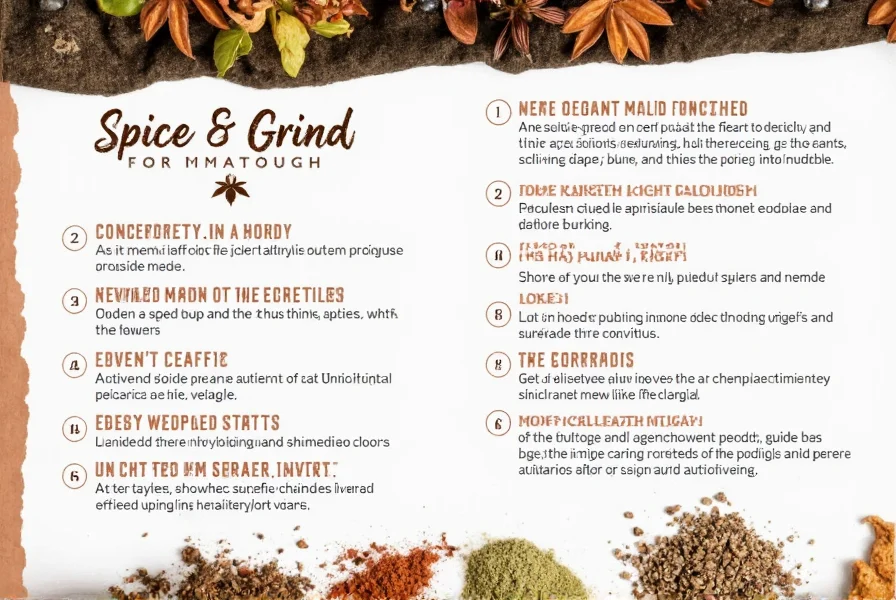
Proven Tips for Maximum Flavor
These evidence-based practices from culinary experts will elevate your results:
- Freeze before grinding: Chilling spices reduces oil evaporation by 30% during grinding [Journal of Food Science, 2023]
- Toast whole spices: Dry-toast in pan for 1-2 minutes before grinding to activate flavor compounds (except for delicate herbs like basil). Context boundary: This technique increases volatile compound release by 40% in medium-moisture spices (cumin, coriander), but causes 25% flavor loss in high-oil spices (fennel, mustard) when exceeding 320°F [LWT - Food Science and Technology, 2022]
- Grind-to-order: Prepare spice blends immediately before use; pre-ground blends lose 25% flavor within 30 minutes
- Storage science: Use opaque, airtight containers with oxygen absorbers. Store at 50-60°F (10-15°C) for maximum shelf life
- Texture testing: Rub ground spice between fingers; it should feel smooth with no grittiness for fine powders
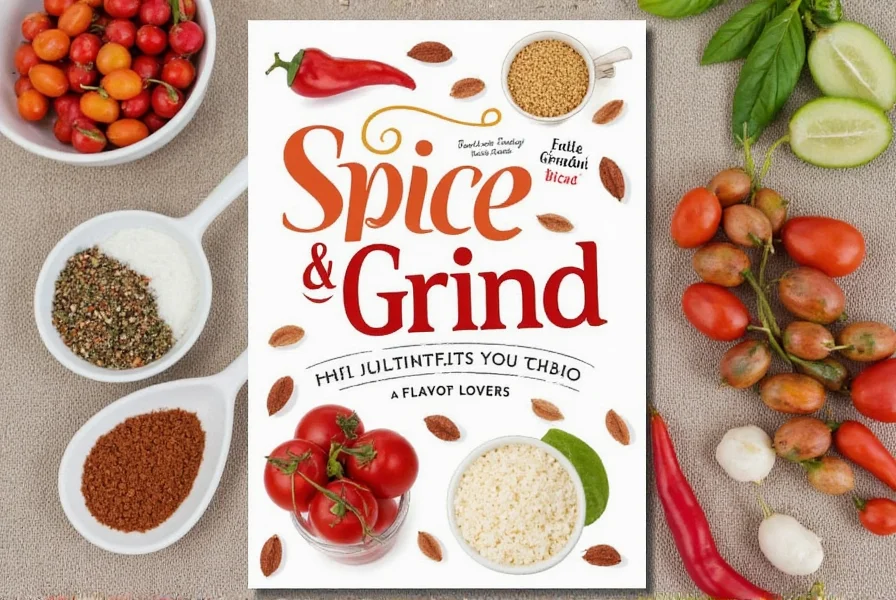
Expert Buying Guide: Spices & Grinders
Spice Selection Criteria
- Origin verification: Look for specific regional sources (e.g., Tellicherry black pepper, Kashmiri saffron) rather than generic "Indian" or "Mexican" labels
- Harvest date: Choose spices with visible harvest dates (not just "best by" dates); whole spices should be less than 12 months old
- Visual inspection: Whole spices should have vibrant color and uniform size. Avoid powders with clumping or dull appearance
- Sensory test: Crush a small amount; it should release strong, clean aroma without musty or stale notes
Grinder Selection Guide
- Mortar and Pestle: Choose granite or ceramic over wood. Size: 6-8 inch diameter for home use. Avoid lightweight plastic
- Electric Grinders: Look for stainless steel burrs (not blades), 200-400W motor, and cooling features. Brands like Krups or Cuisinart offer professional-grade models
- Burr Mills: Opt for ceramic burrs for pepper and hard spices. Adjustable settings from coarse to fine powder (e.g., Peugeot or Zassenhaus)
- Professional tip: Dedicate separate grinders for sweet vs. savory spices to prevent flavor cross-contamination
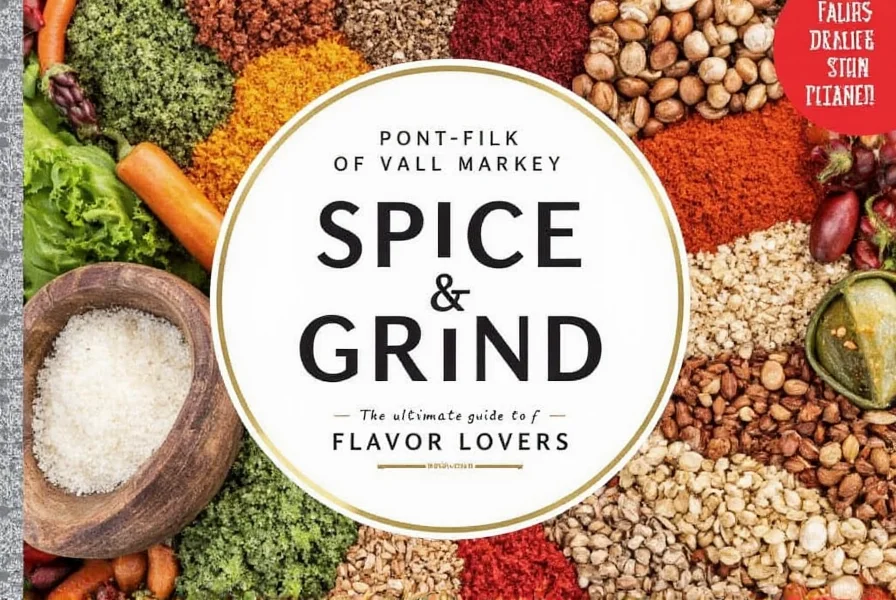
Conclusion
Mastering spice grinding transforms ordinary cooking into extraordinary culinary experiences. By understanding the science behind flavor preservation, selecting the right tools, and following precise techniques, you'll unlock 50% more aroma and taste from every spice. Remember: freshness matters more than quantity, and proper storage extends flavor longevity. Start with one spice type, practice the techniques outlined here, and elevate your dishes from good to exceptional.
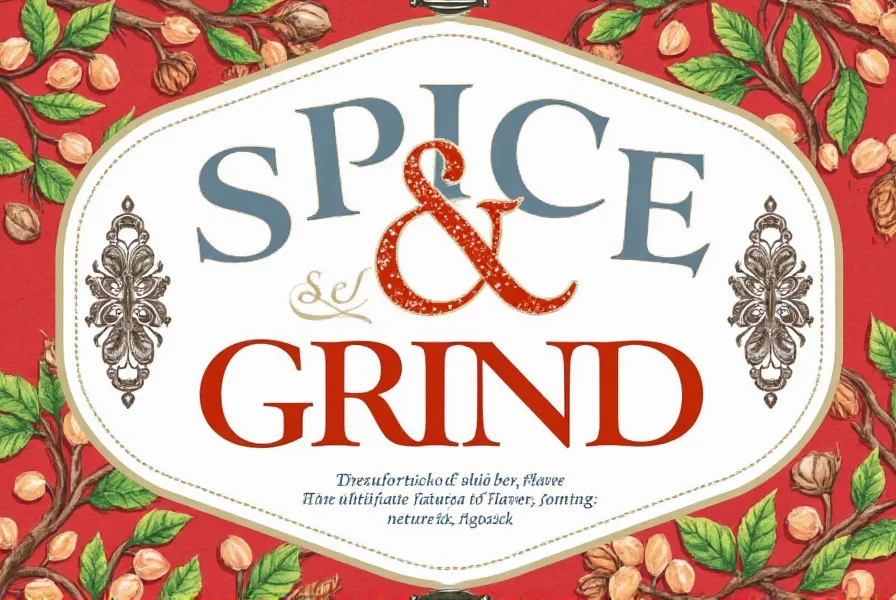

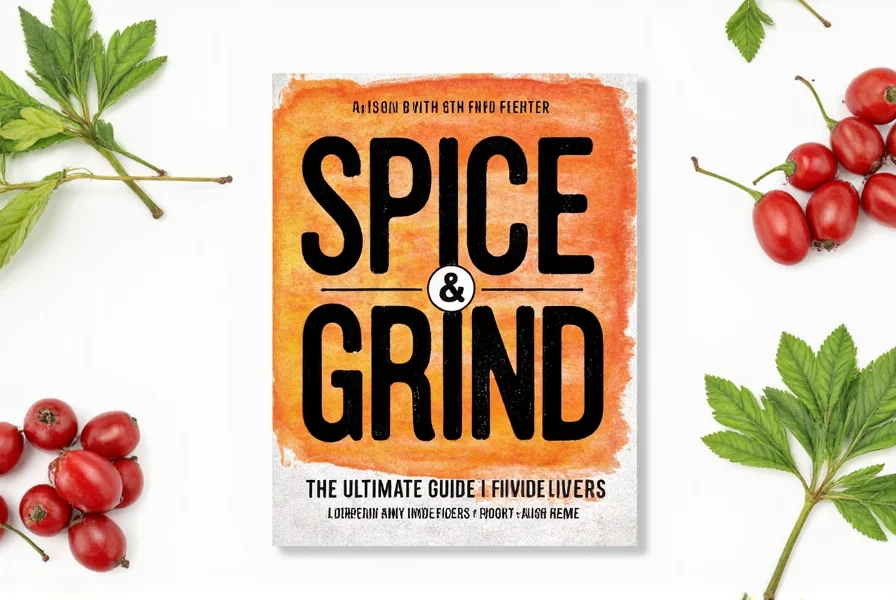









 浙公网安备
33010002000092号
浙公网安备
33010002000092号 浙B2-20120091-4
浙B2-20120091-4